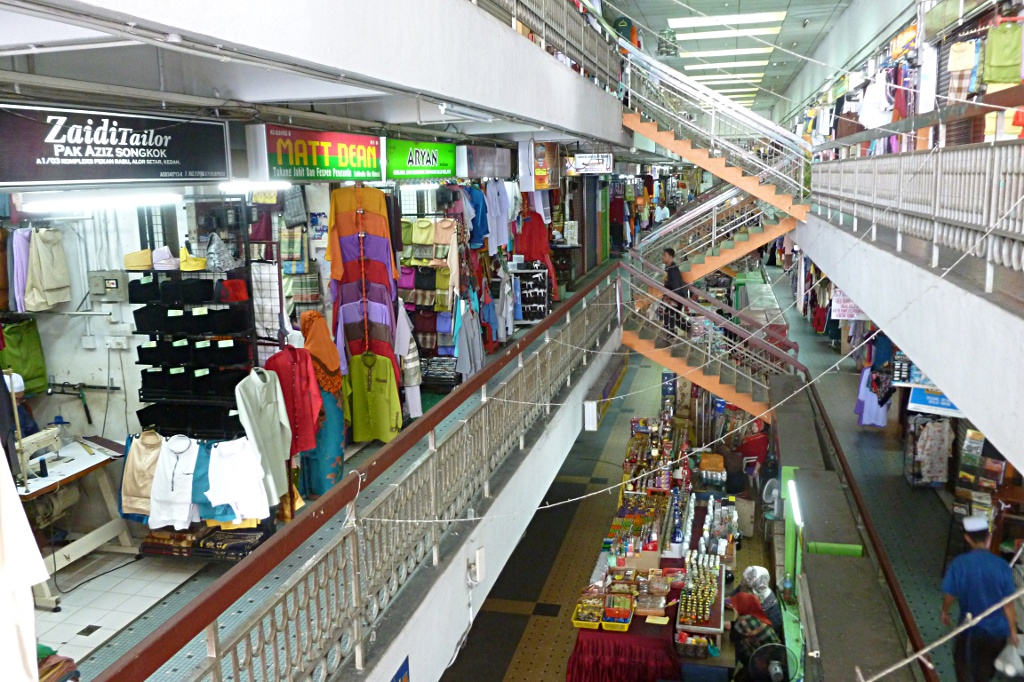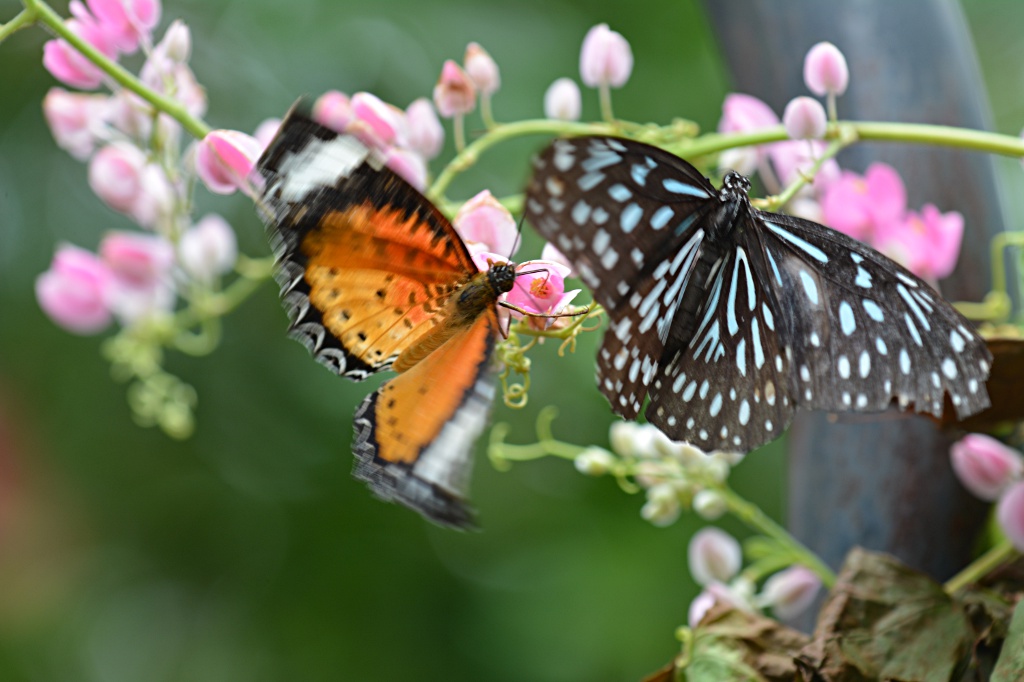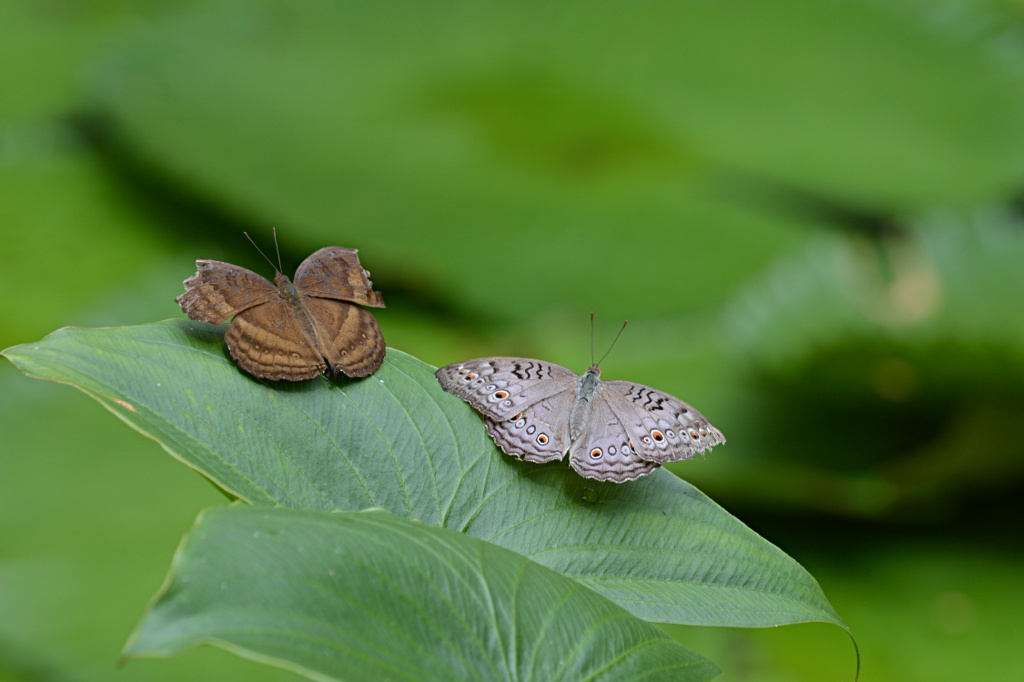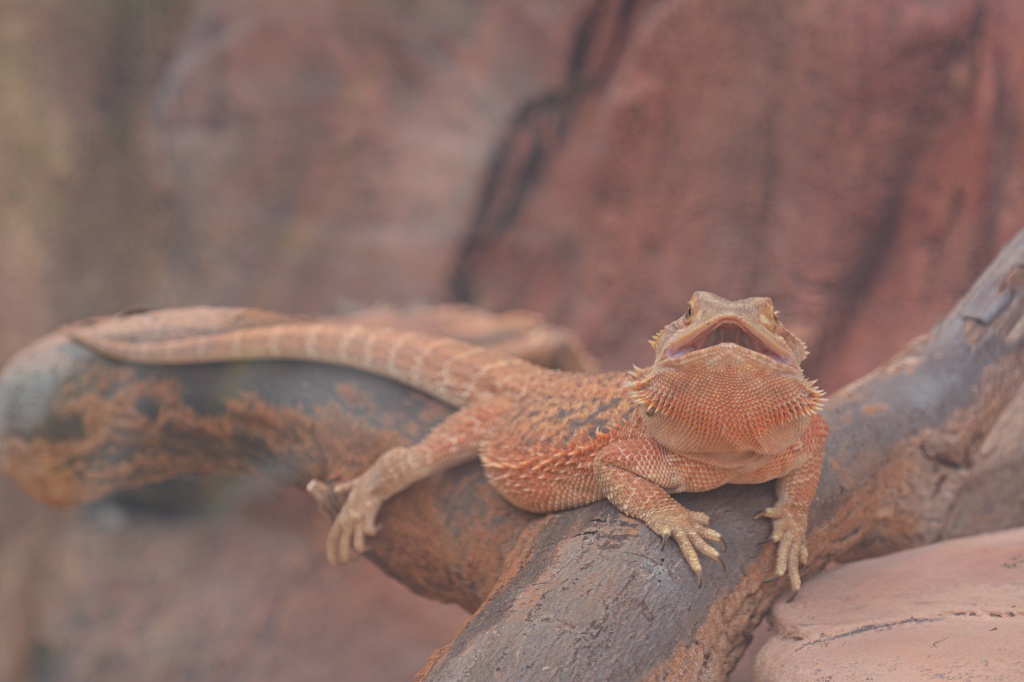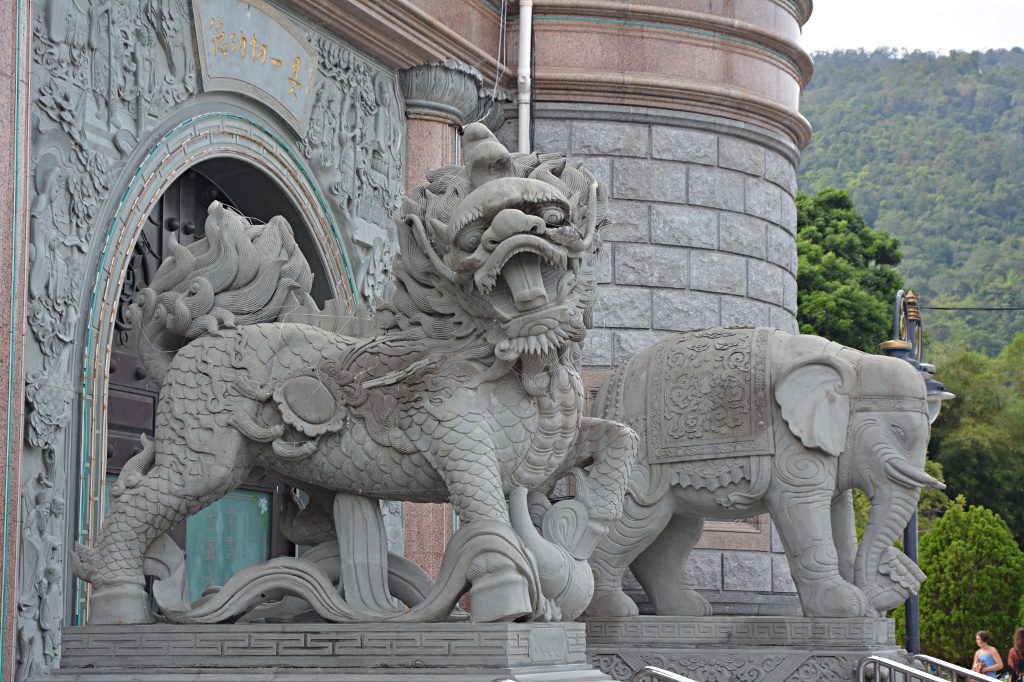Our transfer from Thailand to Malaysia could have been so easy. Put quite a bit of money on the table for a ferry ticket from Ko Li Pe to Langkawi and done! We decided to try a slightly more complicated and more adventurous route and still made it. In Alor Setar and Penang we could gather some first experiences with delicious food and divers people in a country which could be a role model for other countries around the world.
My time in Thailand was coming to an end when my permit to stay almost expired on November 15. We thus had to cross the border from Ko Li Pe into Malaysia, for which there were two options: first we could take the direct ferry to the Malaysian island of Langkawi or we could take the ferry to mainland Thailand and continue overland. Due to the inflated price for the one-hour ferry ride (we did almost 5 hours a few days earlier for only a little bit more money), we decided to go for option two. We had pictured the transit to be quite straightforward: long-tail boat from Ko Adang to Ko Li Pe, take the ferry to Pakbara, change to songthaew, bus and back to songthaew to reach Thamalang pier, from where we could catch anoher long-tail boat to Kuala Perlis in Malaysia. Once in Kuala Perlis it should be an easy bus ride to Alor Setar. While a little bit involved the whole thing seemed to be quite doable. Practice showed that the plan was missing one little piece of information though…
The long-tail boat was ready for shortly after 8:30 am and we headed of to the floating dock near Ko Li Pe. The ferry left ko Li Pe at 9:30 am and we reached Pakbara around 11 am. We started asking around for transport to Malaysia near the pier to determine if there was a better option than our current plan or whether we should stick to it. Apparently for a hefty 500 Baht we could have taken a direct minibus from Pakbara to Alor Setar, which seemed too much for us. The 300 Baht directly to Thamalang pier were completely out of proportion. After a short search we found the red songthaew which brought us to Li-Nga for 25 Baht per person. For another 60 Baht we rode the minibus to Satun town where we took a short lunch break before continuing on another red songthaew down to Thamalang pier for another 30 Baht. While the direct minibus from Pakabara to Thamalang would have cost 300 Baht, we did the trip for 115. Which was yet another prove that it is worthwhile having some time while traveling.
In Thamalang however we hit a major roadblock: since apparently these days most tourists cross the border on minibuses, there is no more need for the long-tail boat service from Thamalang to Kuala Perlis. In case we wanted to continue this route we would have had to charter a long-tail boat for 1500 Baht for the 45 minute ride. This was out of questions for us and returning back to Satun to find a minibus across the border was another no-go for us. Thus we continued straight ahead by buying a ticket on the ferry from Thamalang to Langkawi. Immigration was painless as ever and without a hitch we had a permission to stay in Malaysia for the next 90 days. One we reached Kuah on Langkawi we started looking around for ferry schedules to Kuala Kedah, the port near Alor Setar. We were surprised to learn that there was one last ferry on the same day at 7 pm. We didn’t hesitate for one minute and soon sat on the third ferry and second refrigerator for the day. Way after dark we reached the Malay mainland. We met a couple of Malaysians who had been waiting for the bus to Alor Setar for two hours. They reasured us that there would be one more bus that day and it should be coming soon. Not too much later our toll-free weekend shoppers from Melacca and us were on a bus to Alor Setar. They even had a hint for us where we could find a cheap hotel near Pekan Rabu, the main market in town. While their hint was good, we found another even better option near the big mosque and were happy not having to walk too far for our first meal in Malaysia in a food court near our accommodation.
Even though Alor Setar is not a prime destination for foreign tourists in Malaysia, we had chosen the capital of Kedah province to be our first. As in Cambodia in Kratie, we used the small provincial capital to get a first feel of local life far away from the beaten tourist trail. This taught us how authentic Malaysia works and what realistic prices would be. There were a few things we noticed right away: at every other street corner one can buy delicious food and the three main ethnic groups live very well together and are still separated when it comes to eating, since each group eats in their respective kind of restaurant. The Malay, Chinese and Indian restaurants create a never ending string of options for food. Depending on what one feels like it’s easy to chose a good option…
We explored the city center around the great mosque, the TV tower and Peka Rabu, the main market, which seemed rather slow but nevertheless represents the commercial center of town. Already the next morning we took the city bus to the huge bus terminal a little bit outside the center and were quickly ushered into the bus to George Town. At the pier in Butterworth we were shown where to find the ferry to Penang island and George Town. A short ferry and bus ride later we found ourselves in the old town of George Town, the city which failed to become what Singapore is today. In the beautiful streets we quickly found a nice guesthouse where we settled in for the next 3 days. Finding food in Malaysia is an incredibly difficult topic. There is so much choice it is very difficult to make decision on where to eat. However so far we have always managed to come to a decision. The first afternoon in George Town we spent getting a first impression of the two storey buildings in the old town. The many little food and drink places were realy inviting for people to rest and take a break, which we also did and had a nice chat with a couple of locals.
For dinner we opted to find some Indian food in Little India. Since once more the choice on the menu was huge we asked the waiter to give us a recommendation. The absolutely amazing dinner almost ended in disaster as our stomachs were ready to explode when we left the restaurant. While we had gained a bit of weight, the wallet had lost some, so we kept everything in an equilibrium.
We started the first full day on Penang on the backside of the island, where we visit Teluk Bahang before heading to the Butterfly Farm. The place featured many tropical butterflies as well as a few lizzards and ducks. Nature keeps amazing us with these large and colorful tropical creatures.
To ride the public bus around the island through Balik Pulau to Ayer Itam proved to be a fairly optimistic plan. The one connecting bus (line 501) didn’t seem to run more often than once every 1.5 or 2 hours depending on who one wants to believe. So we headed back to George Town where we had lunch before continuing on bus 204 to Penang Hill. At the bottom of the hill we changed transport to the funicular which brought us to the top of more than 800m tall hill in a few minutes. We climbed the remaining few steps to the viewing platform to get a nice view of George Town. Unfortunately we couldn’t enjoy a 360 degree view since the highest point of the hill was not accessible and too many clouds had rolled in in the late afternoon. The threat of rainfall didn’t deter us from visiting the weekend bungalows of rich local people. About halfway down the hill we found a stop of the funicular and hoped that one of the cars would stop and give us a ride to the bottom. Fortunately transport in Malaysia seems to be quite reliable and according to schedule the downward car stopped and there was barely enough room for us to fit…
When we reached the bottom station, it was already dark. This perfectly fit our plan, since we had heard that the Kek Lok Si temple not far from Penang Hill was supposed to be very nicely lit at night. The photos which we had seen before and after our visit confirmed this fact, just too bad that the whole lighting system was under renovation when we visited the place. We also learned that the temple usually is nightly lit during the 30 days following lunar new year. In order to get back to the old town we looked for the next bus station. At another Indian restaurant we found another delicious dinner before we tiredly sunk in our beds.
We started our second day in George Town extremely lazily. We hadn’t set an alarm clock and it was almost noon before we started our program for the day after breakfast. We were feeling much more rested after the lazy morning and headed off to discover the street art in the old town. Besides very creative works of art I came to the conclusion that I could impossibly be the only Swiss in George Town. After coming across a boutique hotel with a flag of Grisons (one of the Swiss cantons) we walked to the Edelweiss Café, a restaurant offering all sorts of Swiss dishes, including Rösti and Cheese Fondue.
Since we were still full after our breakfast, we preferred the street art over Swiss food for this time. We checked out Chinese temples and wall paintings which sometimes were mixed with real world objects. Once we had finished our itinerary, we saw a city bus going to Kek Lok Si temple. We followed the bus and at the next station jumped onto the next bus and thus headed out to the temple which had disappointed us the night before. During the daylight we had a chance to visit the apparently largest Buddhist temple in South-East Asia, which also provided a nice view over Ayer Itam and George Town. Once we had seen the beautiful time we enjoyed the taste of a fresh coconut before heading back to the town center. It had been quite a while since we had last enjoyed a refreshing coconut.
For dinner we had a Chinese meal for a change and a short evening stroll later we retreated to our room, since we had to be ready to catch a bus the next morning.





